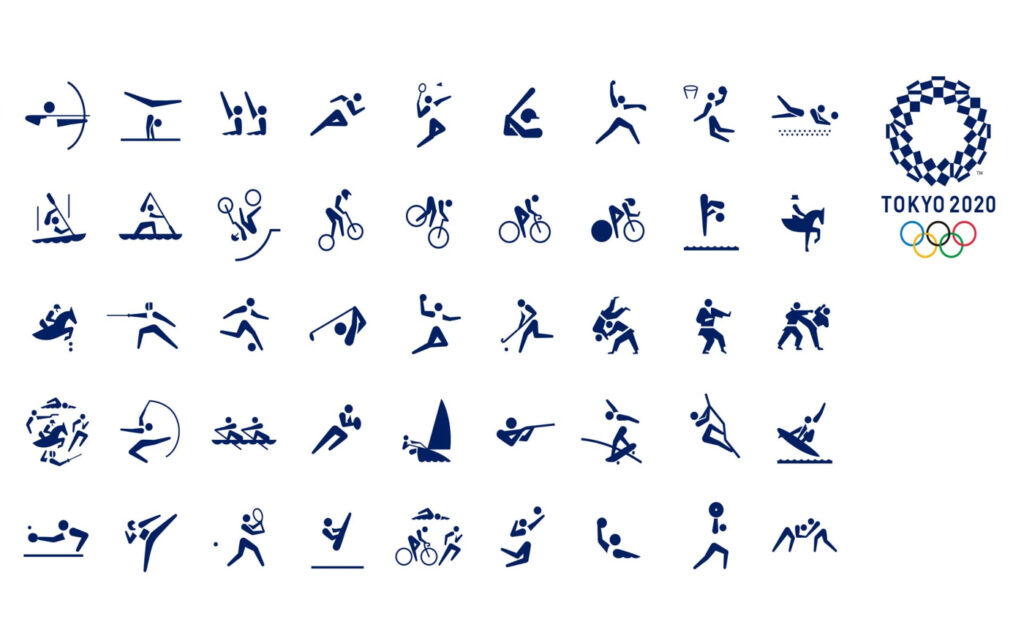The most translated book in the world is the Bible.
The first known translation of the Torah (the first five books of the Bible) is called the Septuagint and is a Greek translation. This translation has tremendous importance in the analysis and study of the Bible and even in the preservation of the Hebrew text.
As with any modern translation, the translation of the Bible should express one language in another. But, beyond that, the translation of Scriptures has significant cultural and emotional aspects, including admiration and fear, that do not exist in other translations.
Languages are fundamentally different from one another in terms of grammar, syntax and vocabulary. Translation from related languages like from one European language to another or from Hebrew to Arabic is easier than translating between non-related languages, such as Hungarian to Chinese or, as in the Septuagint case, from Hebrew into Greek.
The differences between languages is also reflected in ways of expression and, in these cases, there is often no accurate translation of certain words in different languages. In addition, each language has its own style, which may be lost in the translation.
Some words have more than one meaning in the source language and sometimes the translator will have to choose one of the meanings and lose the full scope of the original message. Sometimes the situation is the opposite where a word in the original language translates into a word with a multitude of meanings in the target language and then it is possible that the reader of the translation may understand it differently from the original understanding.
In various types of text, especially fine literature and poetry, and of course the Bible, it is common to see word play, which is difficult or impossible to be conveyed into the target language.
In a perfect world, the translator would take everything into account but, in practice, this is not possible.
When it comes to the scripture, the situation is even more complex – the Bible has authoritative aspects that cause believers to delve deep into the meanings of the words and, thereby, produce more and more meanings in order to understand God’s will. Therefore, the difficulty in translation is far more complex.
The tendency in Scripture is not to translate the message but rather to translate the literal form in order to preserve most of the hidden meanings inside the Scripture. Each translator positions his/her translation style somewhere between the literal and the conceptual dimension.
There is a saying in the Talmud by Rabbi Yehuda (the 2nd century) saying “Translating a verse into its literal form is a lie and adding meanings is a contempt”. That is, those who translate literally may be performing a sin and those who translate conceptually may uproot the holy written scripture from its original meaning and intent. But somehow, in the case of the Septuagint translation, a balanced, uniform and acceptable translation was reached.
The Septuagint translation into Greek was created in Alexandria, Egypt in the 2-3 centuries BC as a Jewish translation of the Torah (the first five books of the Bible), which later expanded to include all the Old Testament scriptures and more.
As the Catholic Church adopted the Septuagint and the Vulgata (which is one of the Latin translations) as the only qualified translations of the scriptures, the translation was abandoned and rejected by the traditional Jews.
Septuagint means seventy in Greek. The name originated from a legend about 72 elders who translated the Torah into Greek. This story is described in the Epistle of Aristas (a Hellenistic Jewish book from the 2nd century BC). According to the Epistle, Ptolemy Philadelphus II, the king of Egypt, commanded that the Bible be translated into Greek so that the Hebrew scriptures would be included in Alexandria’s Great Library, making the Bible accessible to the public. For this purpose, 72 elders were brought from Jerusalem. The description of the translation process is positive and even festive. Similar positive descriptions of the Septuagint translation are brought by Josephus Flavius and Phio of Alexandria (who lived 20 BC – 50 CE), who described how Jews of Egypt together with the Gentiles celebrated the translation event each year, thankful for being able to study scripture from the translation.
There are different versions of the Septuagint translation legend. Some describe the translators’ activity as teamwork, while others describe it as a miracle, an act of God that the 72 translators were separated and yet generated an identical translation. Researchers claim that the evolution of the Septuagint’s legend probably stemmed from the desire to attribute high credibility to this translation, declaring it as scripture.
Although the Epistle of Aristas describes that the demand for translation came from the king, some scholars claim that the demand originated from the Egyptian Jews at the time where they could no longer understand Hebrew and requested that it be translated into Greek. This is similar to the English Talmud translation, which was initiated by ultra-Orthodox Jews from the United States who feared that the Talmud would be forgotten, especially by the younger generation.
Researchers of the Septuagint translation claim that the multitude of translation styles in the various books indicate a plurality of translators who vary across the scale between literal and conceptual translation.
The importance of the Septuagint translation beyond being the first is that it was made during the period when the Biblical Canon was formulated and reflects different revisions than the Masoretes revision (for example, the book of Daniel was written, according to scholars, around that time). The Bible Canon was set at the end of the Persian Empire period and was already translated at the beginning of the Greek Empire period.
The study of Septuagint helps in the interpretation of the Bible because the translation by itself is an interpretation. The Septuagint also teaches about the Hebrew source that was used at the time, which is often different from the traditional Masoretes version.
The term Septuagint today refers to all Greek Christian scriptures.
The order of appearance of the 24 Jewish scriptures in the Septuagint differs from the accepted order today (the order of the Masoretes). In the Masoretes version, the arrangement is chronological and according to the period in which they were canonized. In the Septuagint the books’ arrangement is different, ordered according to their content. For example, the Book of Ruth appears earlier – after the Book of Judges, since the content is related, unlike the arrangement in the Masoretes where it appears as part of the the Ketuvim’s books. Another difference is that the Septuagint translation also contains books that are not included as part of the Hebrew Biblical Canon.
Comparing the existing Hebrew Masoretes Bible text with the Septuagint shows that there are differences. The most striking difference is the Book of Jeremiah. In the Masoretes, the Book of Jeremiah is longer than the Septuagint translation. There is a hint to that in The Book of Jeremiah itself: “Then Jeremiah took another scroll, and gave it to Baruhk the scribe, the son of Neriyya; who wrote in it from the mouth of Jeremiah all words of the book which Yehoyaqim king of Yehuda had burned in the fire; and there were added to them besides many similar words”. Therefore, it is probable that the Book of Jeremiah in the Septuagint was translated from a revision before the final formulation of the book and is therefore different from the Masoretes. In general, the Septuagint translation is more organized and even omits verses that may be interpreted as contradictions. It is unknown whether this is due to a different source available to the translators or that it is an intentional attempt to change and arrange things during the translation process.
Despite the festive atmosphere of the Sages in relation to the Septuagint, there are negative descriptions of translation in Talmudic and Midrashic literature.
The number seventy may also not be accidental. Seventy represents a plurality in Judaism as the phrase “Seventy faces to interpret the Torah”, encouraging the diverse interpretation of the Torah. However, the above miracle of translation highlighted the fact that the 72 translators created a uniform single translation. And perhaps the fact that the translation is losing its plurality is the problem with translation and that is why it is perceived as a deficiency.
There are quite a few situations where readers of translations express negative opinions about the quality and style of translation while others, on the other hand, provide very good feedback. Here, the Septuagint, is an example of a translation that on one hand is valued and even defined as holy and a miraculous act of God and on the other is seen as a catastrophe. Well… probably only God knows…




















